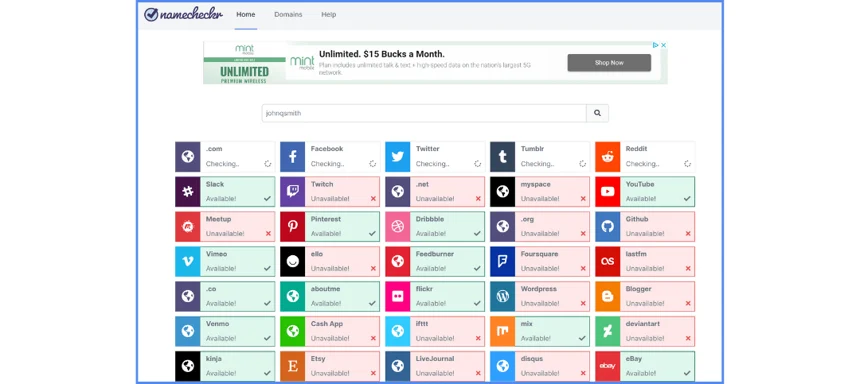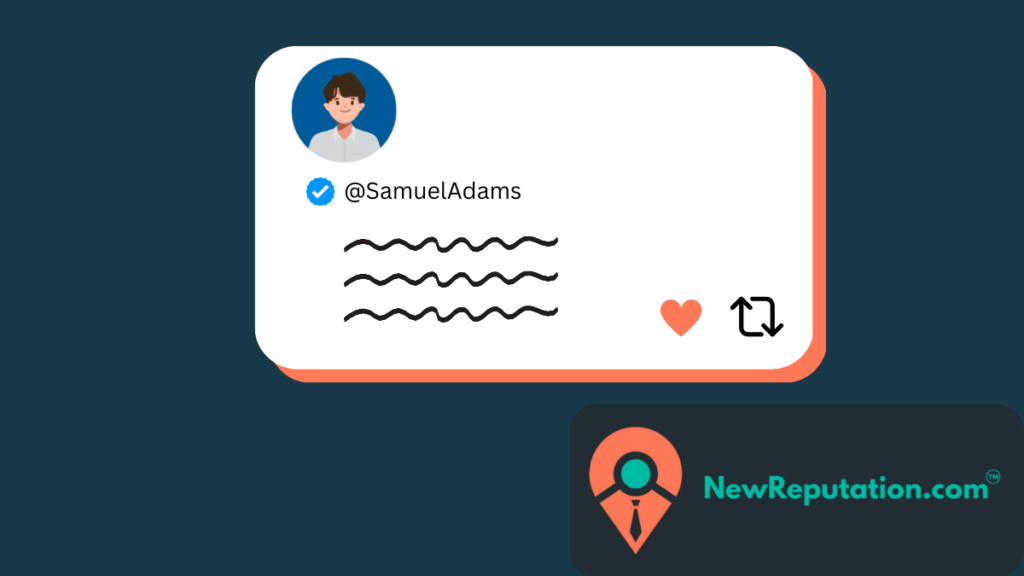You’ve probably been told your username doesn’t matter much.
But it does.
It shows up in your email, your social profiles, even in Google results. A bad one can hold you back. A good one? It makes you look credible before you’ve said a word.
That’s what this guide is about. You’ll learn what makes a username professional, how to pick one, and see real examples from people who got it right (and wrong).
Key takeaways
- Your username is often the first impression people get of you online.
- Professional usernames build trust, improve branding, and make you easier to find.
- Using your real name is best, but small tweaks can help if it’s taken.
- Consistency across platforms matters more than cleverness.
- Avoid personal details, inside jokes, and numbers unless they serve a clear purpose.
What is a username?
A username is simply your digital identifier. It’s how platforms tell you apart from millions of others.
Here’s what it looks like on social media: @YourName.
Or in an email: [email protected].
Pretty basic. But the job it does is big. It’s your online handshake, your business card, your name tag at a conference. And once you pick one, it sticks.
Why does it matter?
The short answer: people notice.
Recruiters see it before they open your résumé. Clients spot it when you email them. Strangers remember it if they want to look you up later.
Think about it like this:
- A clean username makes you look trustworthy.
- A consistent one builds your personal brand and supports a healthy online presence.
- A memorable one means people can find you again.
- A private one keeps sensitive info out of the wrong hands and protects your personal information.
Still tempted to stick with “soccerfan2009”? Maybe not.
Should you use your real name?
Most of the time, yes.
JohnSmith. MariaLopez. Clean, professional, direct. No confusion.
But here’s the catch: common names are often taken. You might need a small tweak—like adding a middle initial or spelling out your middle name.
Pros: looks authentic, easy to remember, works across any industry.
Cons: privacy concerns, limited availability, and zero separation between personal and professional if you use the same name everywhere.
If you’re early in your career, using your real name is usually the best move. You can always layer on later, especially if you’re thinking about how your personal online presence affects a job search.
Add a qualifier if you need to
When your name alone isn’t available, add a word that ties to your profession. Writers add “Writes.” Designers add “Design.” Tech folks go with “Dev” or “Tech.”
Examples:
- SarahJohnson → SarahJohnsonDesign
- AlexChen → AlexChenTech
- BenTorres → BenTorresWriter
Simple. Relevant. Easy to remember.
Stay consistent
One handle on LinkedIn, another on Instagram, something totally different on Twitter—don’t do that.
It’s confusing. People won’t know if they’ve found the right profile.
If you can, grab the same username everywhere. Even if you don’t plan to use all the platforms, secure it anyway. Think of it like buying up digital real estate.
Check availability before you commit
Before you get too attached to a specific username, make sure it’s actually available. Nothing’s worse than falling in love with “YourNameDesign” only to discover it’s already taken on Instagram, LinkedIn, and Gmail.
The quickest way? Use a tool like Namecheckr. It scans dozens of platforms at once and shows you where your username is free and where it’s already in use. Or, if you want to be thorough, go straight to each site’s registration page and test it yourself.

Why bother? Because consistency is key. If you want to build a strong personal brand and manage your online privacy, it helps to secure the same handle everywhere. That way, people searching for you don’t stumble onto someone else’s profile.
What to avoid
Some things sound fine in the moment but don’t age well.
- Inside jokes. Funny to you, meaningless to others.
- Random numbers. Unless they mean something, skip them.
- Odd spellings. “KewlKid” doesn’t scream credibility.
- Sensitive info. Birthdays, home towns, and addresses aren’t safe.
- Frequent changes. If you keep rebranding, no one can keep up.
Would you put “BeerpongKing” on a business card? Exactly.
Industry-specific advice
Different industries look at usernames differently.
- Creative fields. Add your craft. “JaneDoeDesign” tells people what you do.
- Tech and corporate. Keep it sharp and simple. Names and initials work best.
- Students. Stay flexible. Don’t box yourself in with “PreMedAshley” if you might switch majors.
- Freelancers. Match your username to your domain or business name so clients don’t have to guess.
Real-world examples
Lisa Brown is a photographer. “LisaBrown” was taken, so she chose “LisaBrownPhoto.” Now it matches her Instagram, website, and email.
Kevin Tran is a developer. His name was too common, so he added his middle initial: “KevinMTran.” Clean and effective.
Emily Davis is a teacher. She kept her personal profiles under her real name but uses “EmilyDavisEDU” for work. It keeps her professional presence separate from her personal one.
See the pattern? Nothing flashy. Just practical, professional, and memorable.
The process
Here’s how to pick yours step by step:
- Start with your real name.
- If it’s taken, add a middle initial or profession-based word.
- Check availability across platforms with Namecheckr.
- Secure the handle everywhere you can.
- Stick with it.
That’s it. Five steps.
FAQs
What is the difference between a username and a display name?
A username is your unique handle – like @JaneDoe or [email protected]. A display name is the full name or phrase you show publicly. They’re linked, but they’re not the same thing.
Can I change my username later?
Yes, most platforms let you change it. But be careful. If you’ve already built connections under one handle, changing it can confuse people and break links.
Should I have the same username for work and personal use?
Not always. Some people keep separate accounts. But for anything tied to your career – LinkedIn, email, portfolios – it’s best to keep it consistent and professional.
Do usernames affect my digital reputation?
Absolutely. A sloppy or unprofessional handle can undercut an otherwise solid online presence. Employers, clients, and even peers notice.
Are numbers in usernames always bad?
Not always. If it’s something meaningful – like your graduation year – it can work. But avoid random strings of numbers. They’re harder to remember and look less polished.
Final thoughts
Choosing a username feels small. But it’s not. It’s one of the first things people notice about you online.
A strong one builds trust. A sloppy one chips away at credibility before you’ve even started.
So take the extra five minutes. Claim something clean, professional, and consistent. You’ll thank yourself later.
And if you’re still tempted to hang onto “gamerboy99”? Don’t. Save it for your Xbox login.
If you’re not sure where to start, or you want expert help shaping a positive online presence, reach out to NewReputation. Our team helps people protect their privacy, manage their reputation, and build strong digital identities that stand out for the right reasons.

